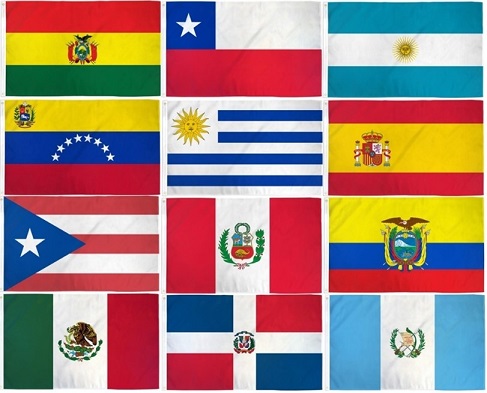Introduction: Translation is an art that requires a deep understanding of language nuances and cultural contexts. When it comes to translating into Spanish, a language spoken by millions across different regions, one encounters unique challenges that arise from the rich diversity of dialects and cultural variations. In this post, we will explore some of the hurdles faced by translators when working with Spanish and shed light on the fascinating regional differences that make it a captivating language to translate.
- Linguistic Diversity: Spanish is a language with numerous dialects and regional variations, each with its own distinct vocabulary, grammar, and pronunciation. Translators must be mindful of these differences to ensure the translated content resonates with the target audience. For example, while “car” is “coche” in Spain, it becomes “carro” in Latin America and “auto” in Argentina. These regional variations can significantly impact the accuracy and effectiveness of a translation.
- Idiomatic Expressions: Idiomatic expressions pose a considerable challenge for translators, as they often don’t have direct equivalents in other languages. Spanish idioms are no exception, and they can vary greatly across different regions. For instance, the phrase “to hit the nail on the head” would be translated as “dar en el clavo” in Spain, but as “dar en el blanco” in Latin America. The subtle variations in these expressions require translators to have a deep understanding of regional preferences and adapt accordingly.
- Cultural Nuances: Translating involves more than just converting words; it requires capturing the cultural nuances embedded in the original text. Spanish-speaking regions have diverse cultural backgrounds, historical events, and traditions, which shape their unique linguistic characteristics. Consider the word “friend”: in Spain, it’s “amigo,” while in Mexico, it’s “compañero” or “cuate.” Failing to account for these cultural nuances can lead to misunderstandings or alienation of the target audience.
- Formality and Politeness: Different Spanish-speaking regions exhibit varying levels of formality and politeness in their language. This poses a challenge for translators, as the choice of words and phrases may differ depending on the target audience. For example, in Spain, the formal “usted” is commonly used, whereas in Latin America, the more familiar “tú” is preferred. Translators must navigate these subtleties to ensure their translations are appropriate and respectful in the given context.
- Localization for Target Audience: Translating into Spanish requires a deep understanding of the target audience’s preferences, norms, and local sensitivities. For instance, a marketing campaign aimed at a specific Spanish-speaking country may need to be adapted to align with local cultural references and sensitivities. The use of humor, slang, and even color symbolism can vary significantly across regions, and translators must tailor their translations accordingly to resonate with the local audience.
Conclusion: Translating into Spanish is a challenging endeavor due to the language’s rich linguistic diversity and regional variations. To overcome these challenges, translators must possess not only exceptional language skills but also a deep understanding of the cultural nuances and preferences of their target audience. By embracing the unique regional differences, translators can deliver accurate and culturally relevant translations that effectively convey the intended message to Spanish-speaking audiences across the globe.





